[Fix] iPhone Won’t Update – An Error Occurred Installing iOS
6 Solutions to try if your iPhone won't update iOS
The iOS update process can sometimes suddenly stop with the message “An error occurred installing iOS,” even when it looks like the update is almost done. This means that while your iPhone downloaded the update file, it had a problem while checking or installing it.
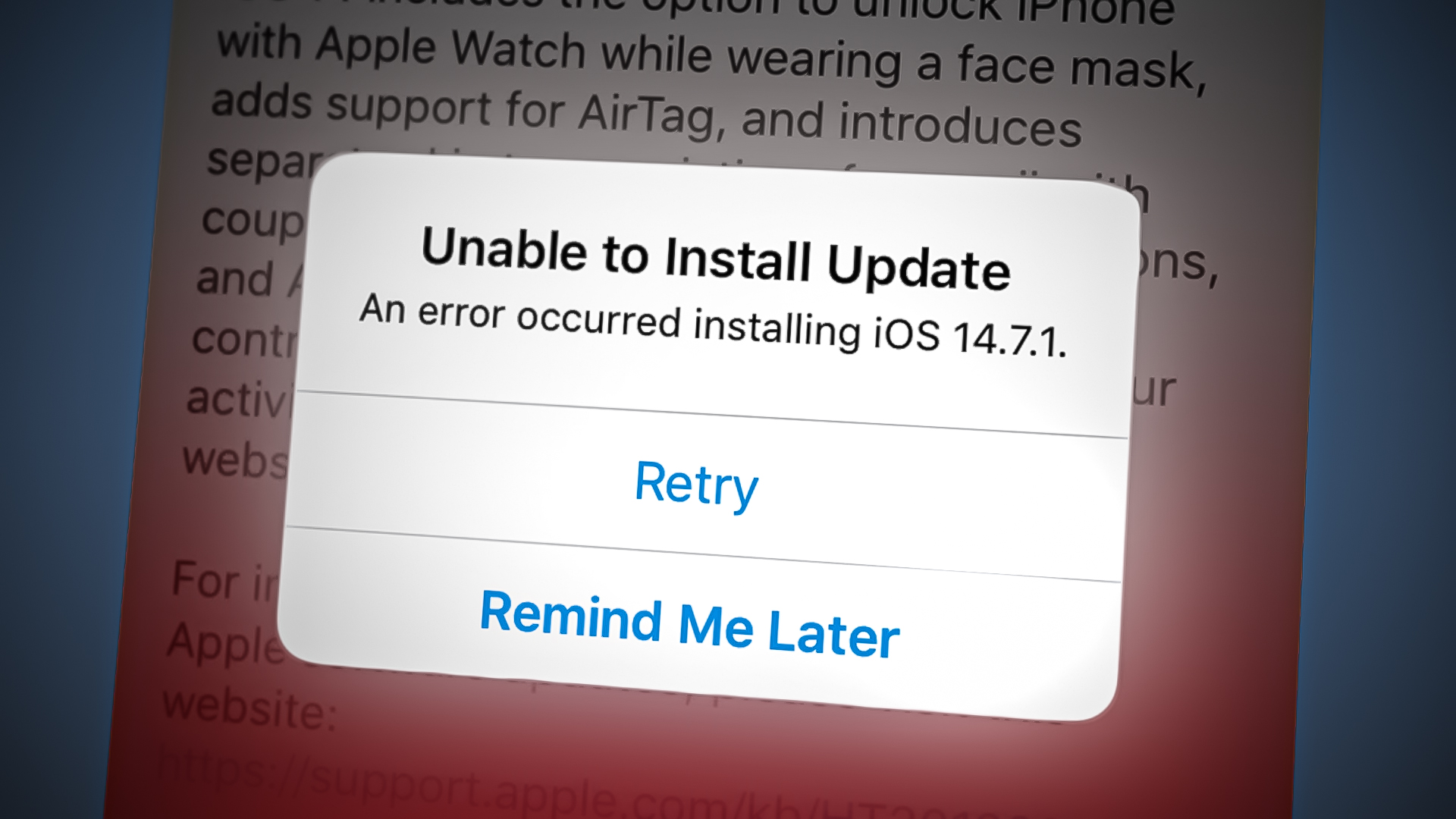
The most common reason is not having enough free space on your device. Other causes can be a weak Wi-Fi connection, a broken update file, or a problem in the system. Often, the update file saved in iPhone Storage becomes unusable and needs to be deleted before you try again.
Also, running apps in the background, using a VPN, or updating over mobile data can interrupt the update process. Now that you know the causes of this error, let’s discuss the solutions.
1. Restart and Charge Your iPhone
This may sound simple, but restarting your iPhone often fixes update errors, and it works for this iOS update issue as well.
To restart your iPhone, press and hold the Power Button and the Home Button together until the ‘Slide to Power Off’ slider appears.
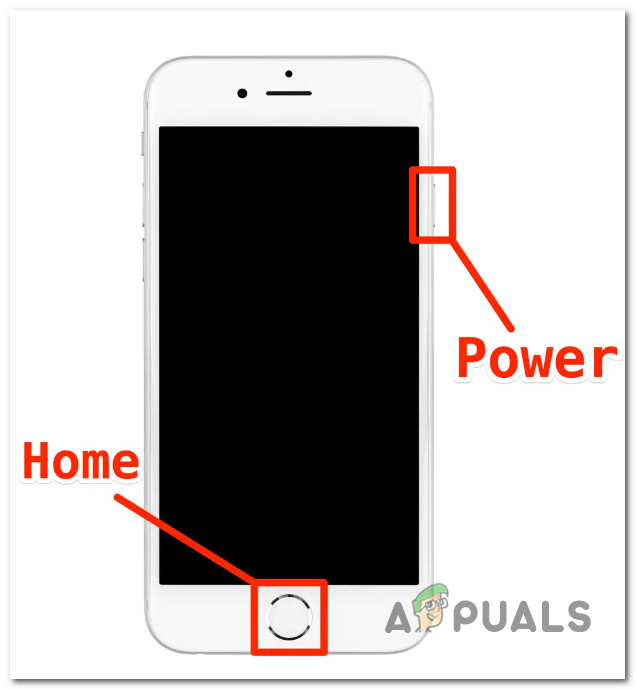
Note: If your iPhone doesn’t have a Home button, press and hold the Side button and either the Volume Up or Volume Down button at the same time. Wait about 30-40 seconds before turning your iPhone back on.
It’s also very important to make sure your iPhone is at least 50% charged before installing an update. Once you’ve charged your device, try installing the update again.
IMPORTANT: The update will not install if your iPhone’s battery is below 50%.
2. Free Up Enough Space to Install the Update
You may also see this error if your device doesn’t have enough space for the new update. So, it’s a good idea to check your iPhone’s storage first.
- From your iPhone’s home screen, go to Settings.
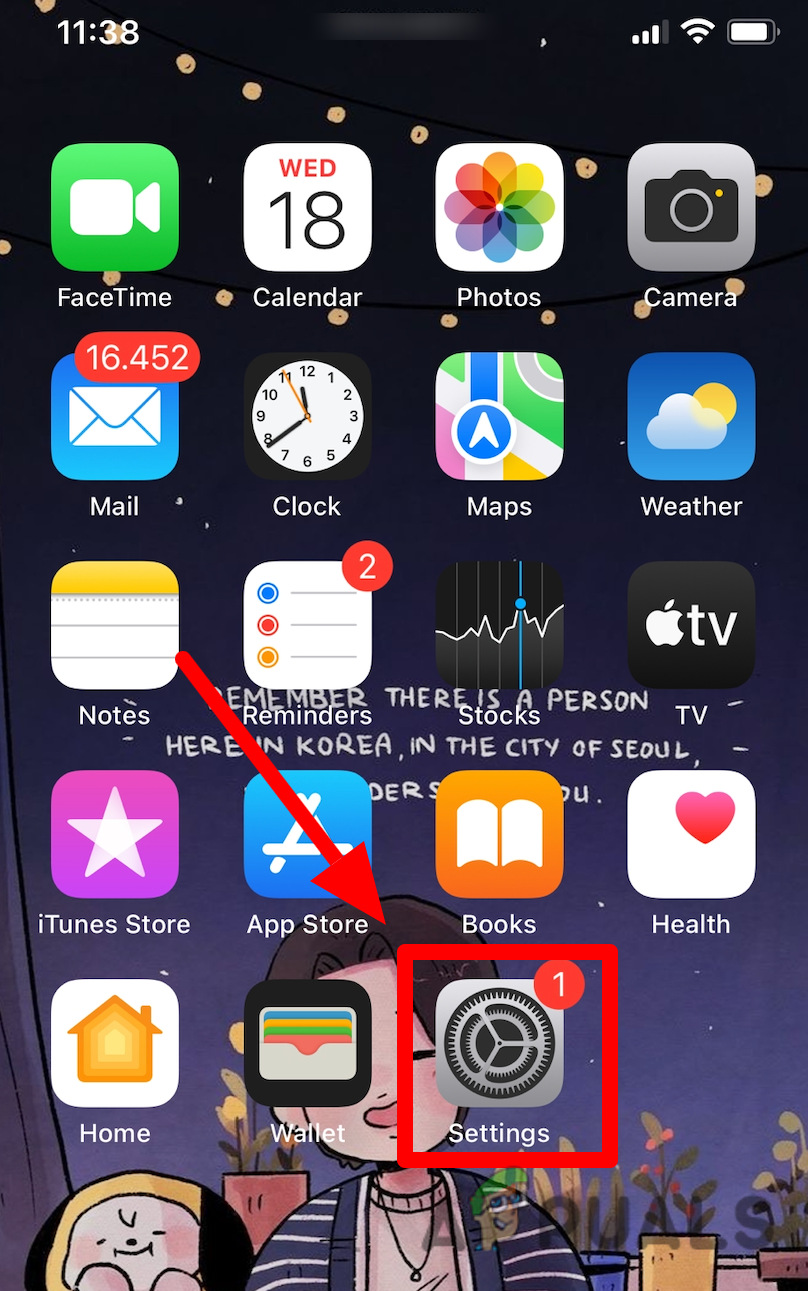
Access the Settings menu on iPhone - Inside the Settings menu, tap on General.
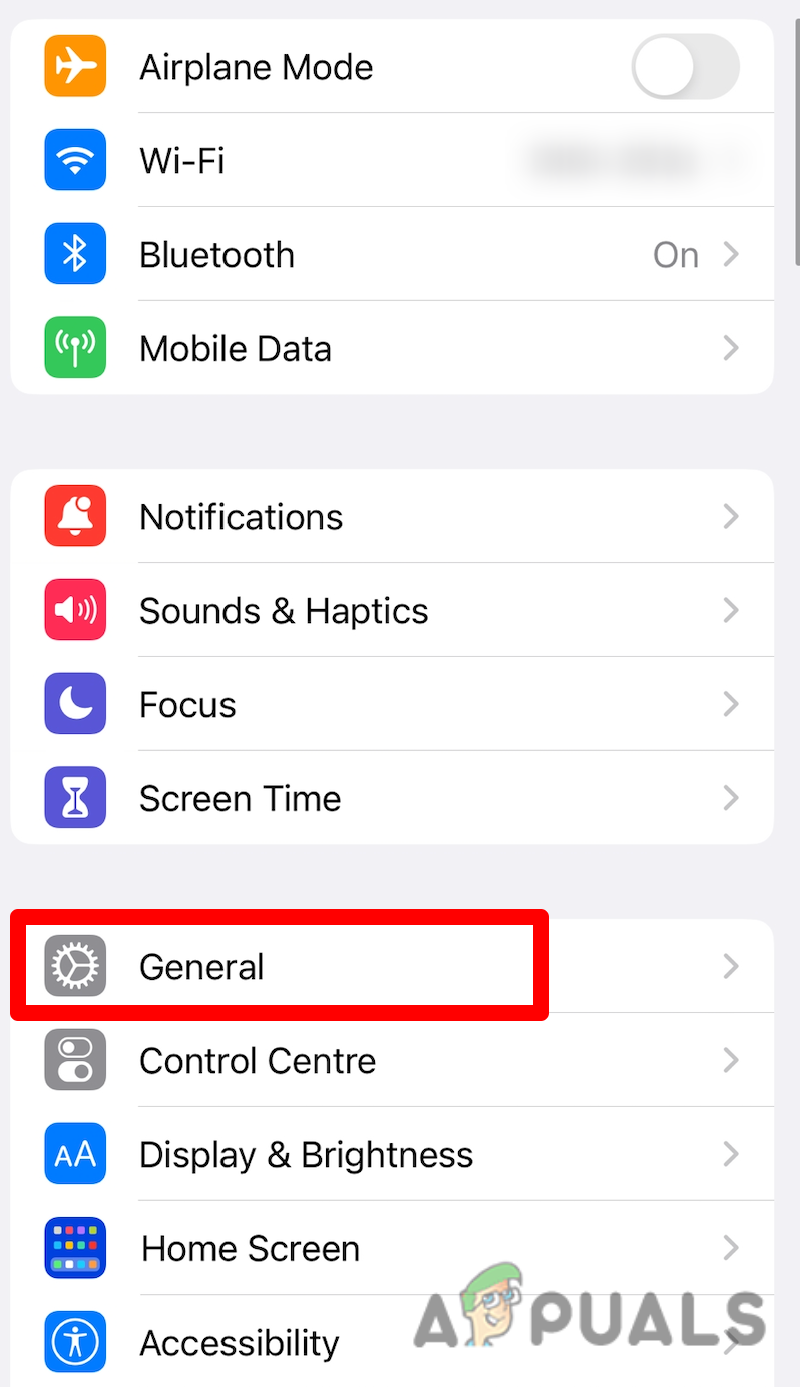
Accessing the General settings on iPhone - Scroll down and tap on iPhone Storage.
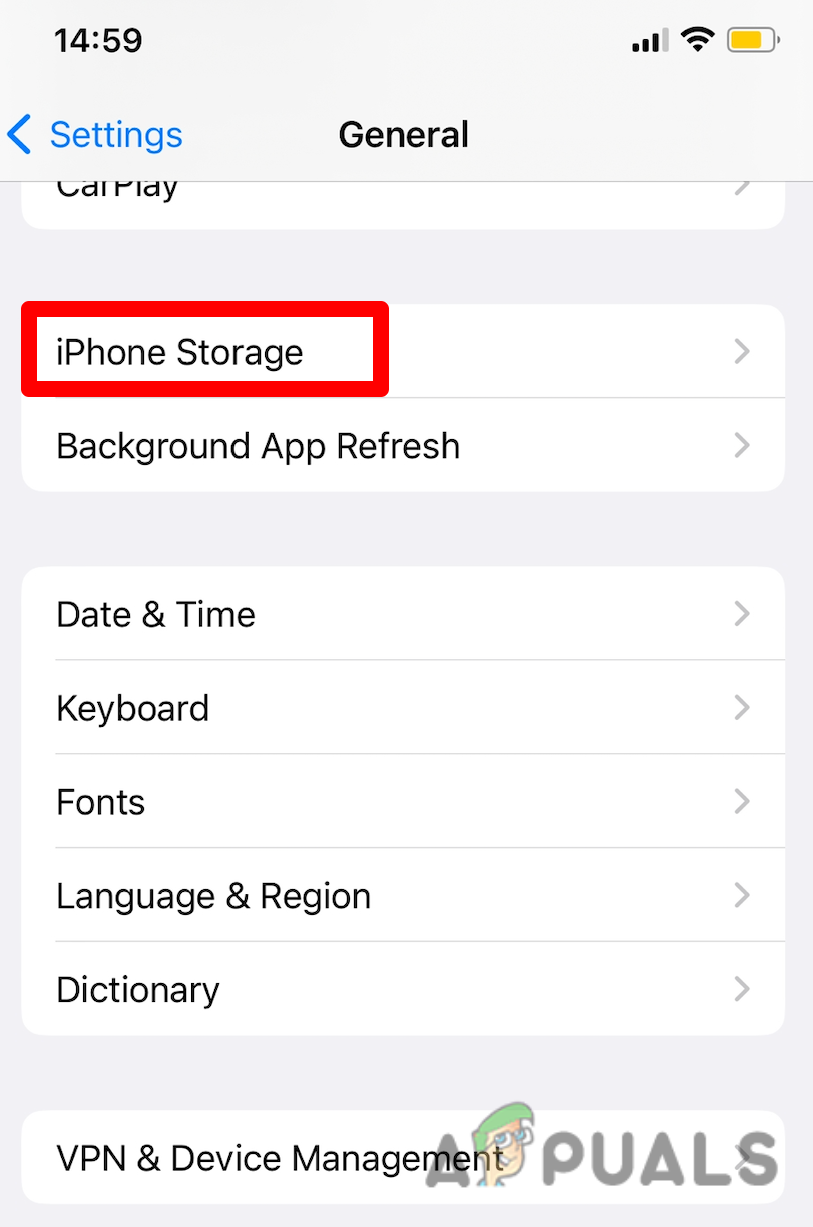
Tapping on iPhone Storage - Check how much space you have available. If you have less than 5 GB, you’ll need to free up space.
Note: If storage is low, you can select apps you rarely use and tap ‘Offload App’. This removes the app but keeps its icon and data, so you can easily reinstall it later by tapping the icon. - Once you’ve freed up enough space, try installing the update again to see if the problem is solved.
3. Enable and Disable Airplane Mode
Turning Airplane Mode on and then off from your iPhone’s Settings disconnects and reconnects all wireless connections. Sometimes, this can help your device finish the update.
Note: This is especially useful if the error is caused by a network problem when updating over Wi-Fi.
- Go to Settings on your iPhone.
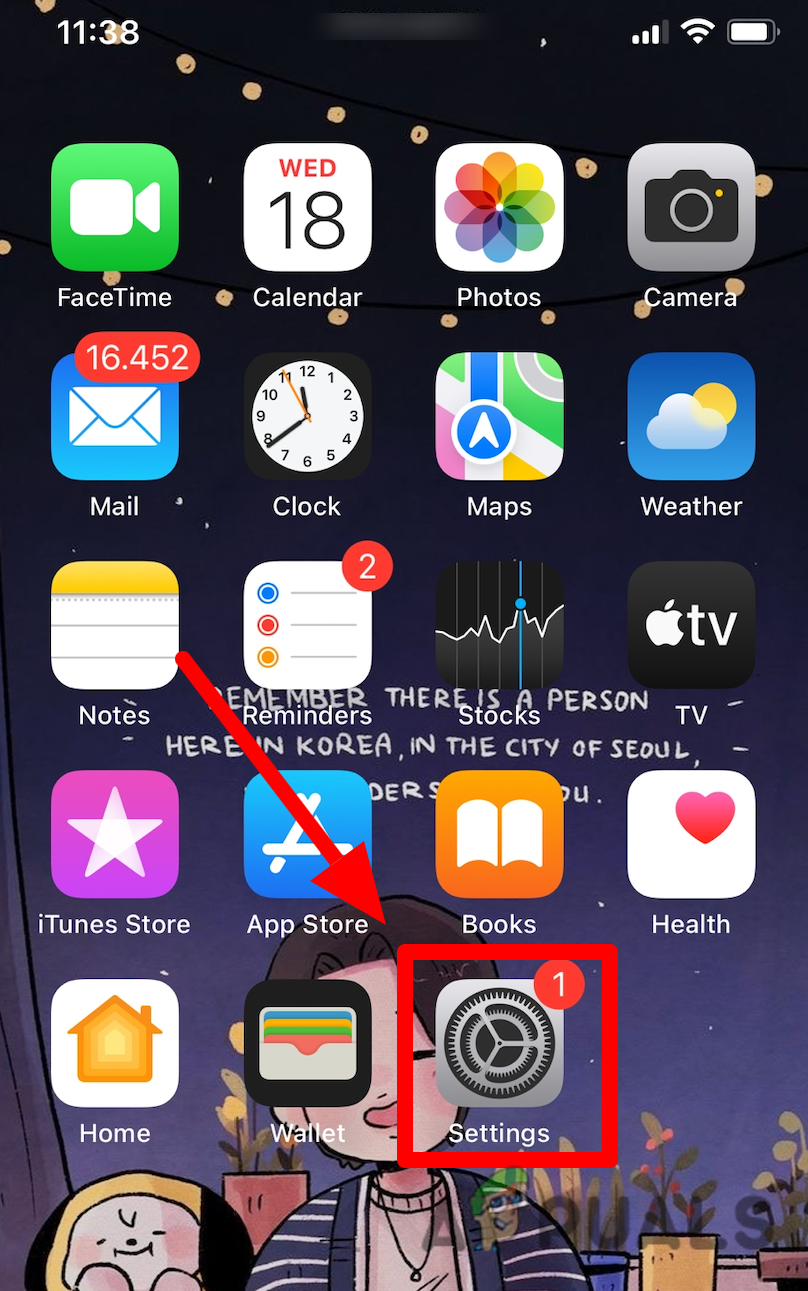
Accessing the Settings menu - Turn on Airplane Mode from the Settings menu by enabling the toggle.

Enabling AirPlane mode on iOS - Scroll down and tap on General.
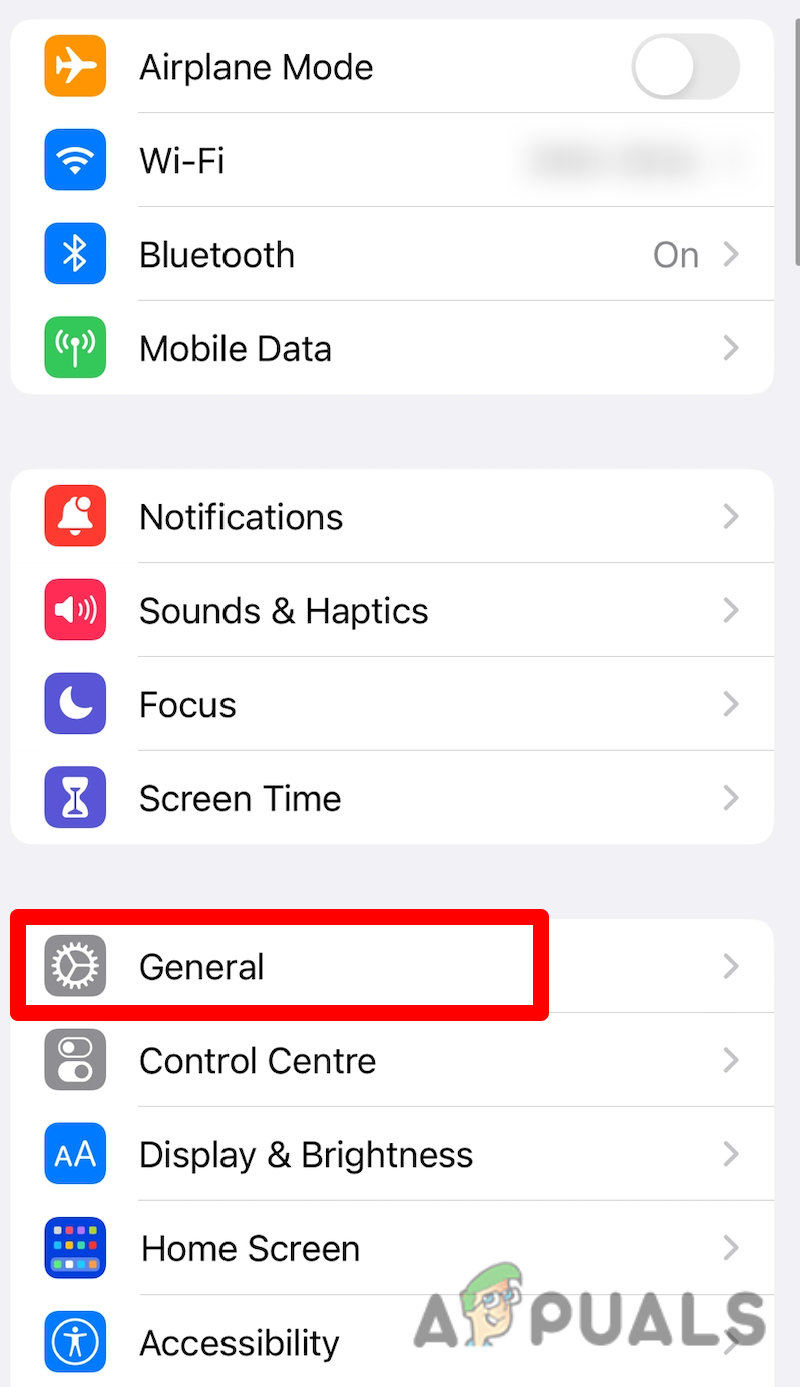
Accessing the General tab - At the bottom of the screen, tap Shut Down.
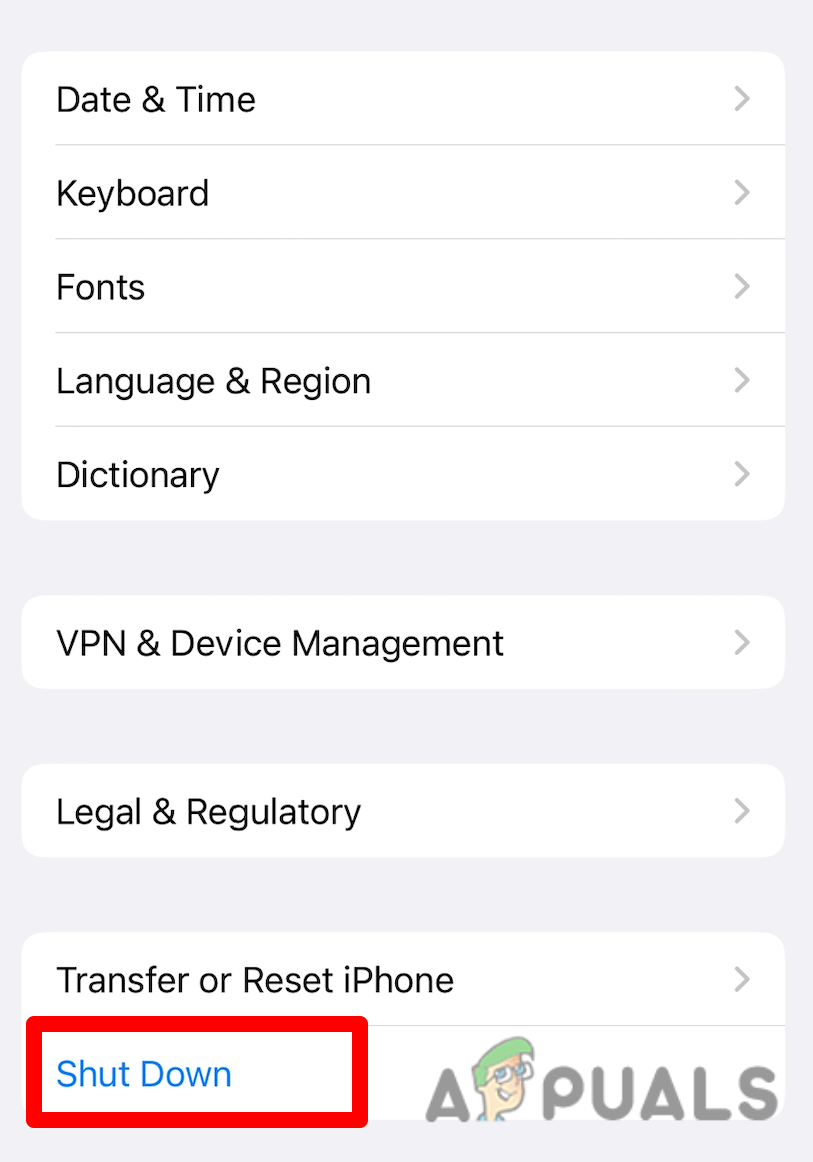
Accessing the General tab - Slide to Power Off. Wait a few seconds, then turn your iPhone back on.
- Go back to Settings and turn off Airplane Mode.
- Try installing the update once again to see if the error is fixed.
4. Turn Off Low Power Mode
If your iPhone is in Low Power Mode, updates may not install because certain features are limited to save battery.
- From your iPhone’s home screen, tap on Settings.

Access the Settings menu on iPhone - Scroll down and tap on Battery.
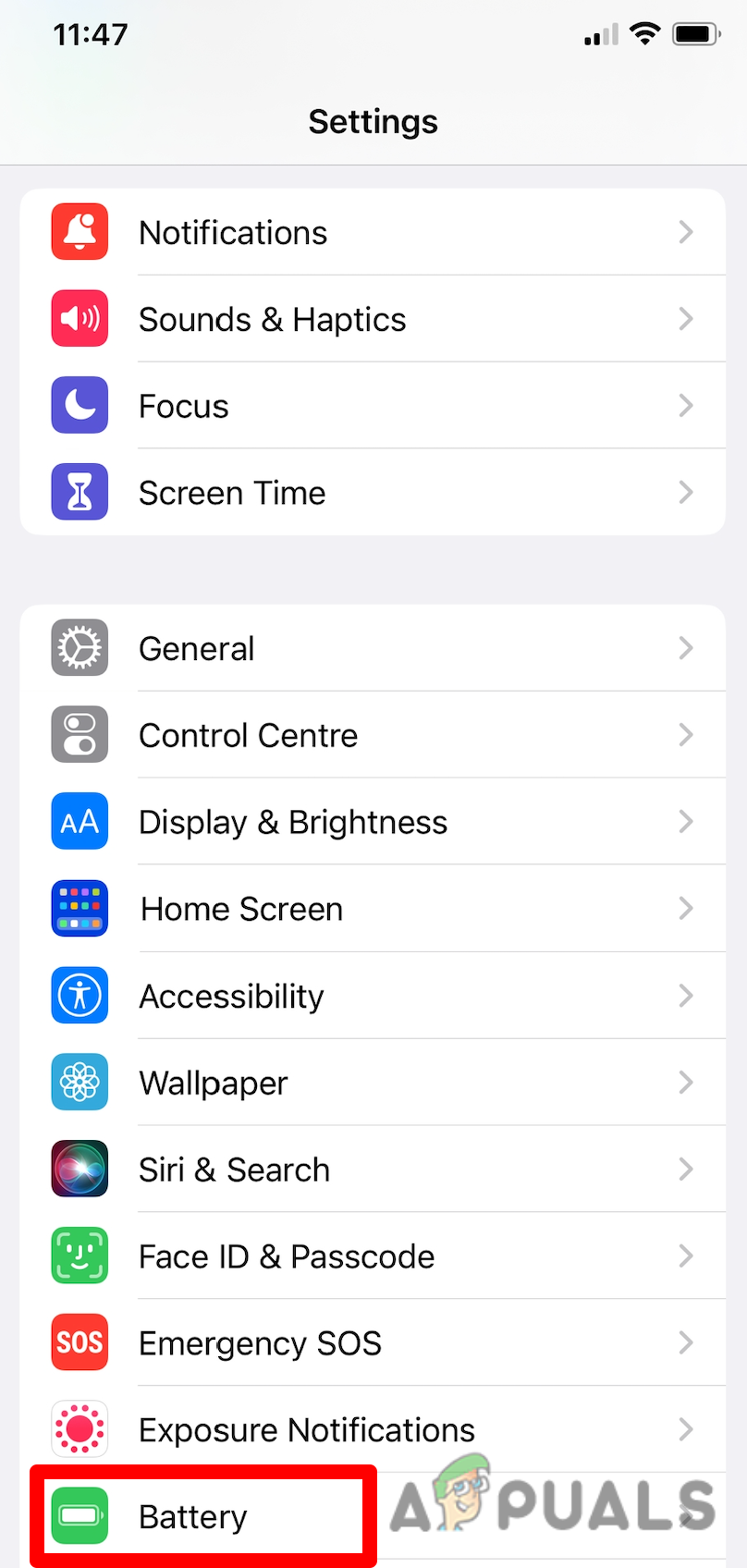
Tap on Battery from the lower section of the screen - If Low Power Mode is enabled, turn it off by tapping the toggle for Low Power Mode.
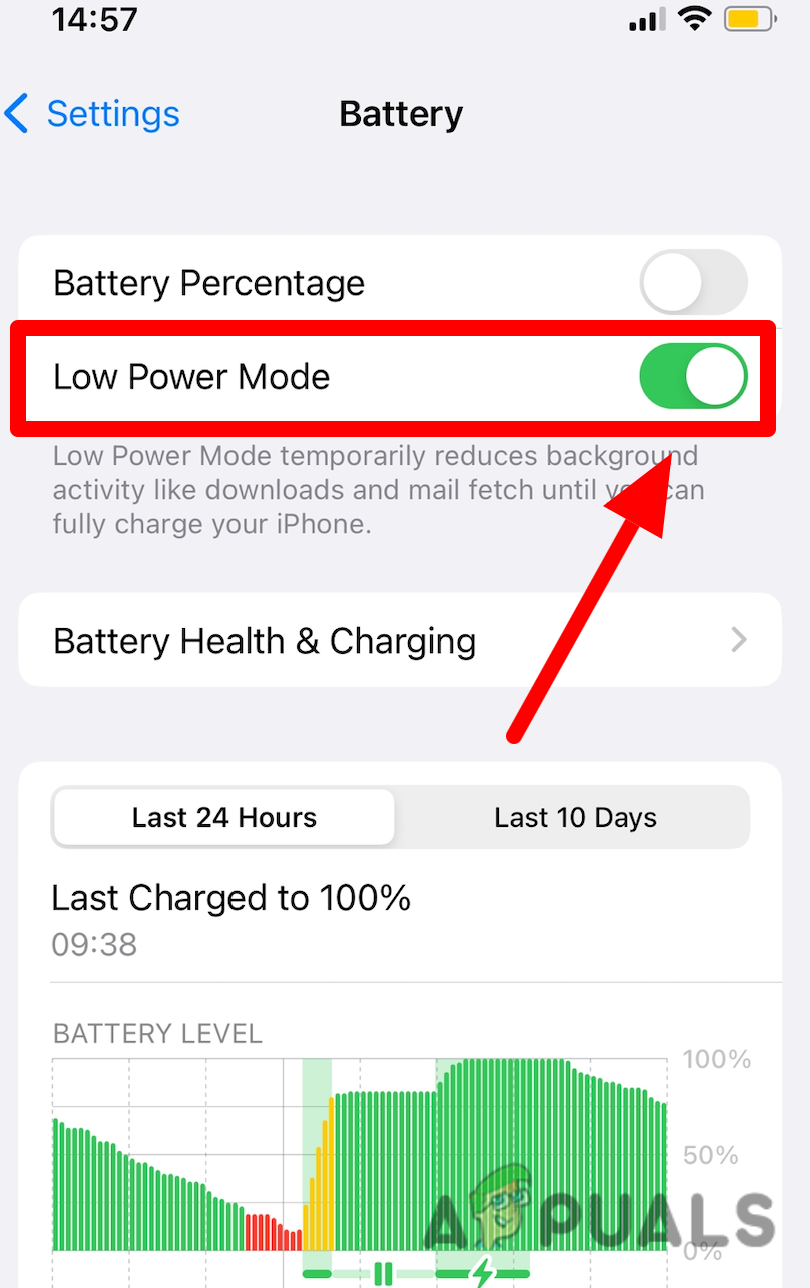
Disabling the low power mode on iOS - Once Low Power Mode is off, try to install the iOS update again and see if the issue is fixed.
5. Reset Network Settings
Resetting your network settings can help resolve errors that happen during an iOS update, especially if you only get this error while on your home Wi-Fi.
Keep in mind, resetting your network settings will delete all saved Wi-Fi networks, Bluetooth connections, and network passwords from your iPhone.
Note: You’ll need to reconnect to Wi-Fi and Bluetooth devices afterwards.
- Unlock your iPhone and tap on Settings.

Accessing the Settings menu - Tap on General.

Accessing the General tab - Tap on Transfer or Reset iPhone at the bottom of the screen.
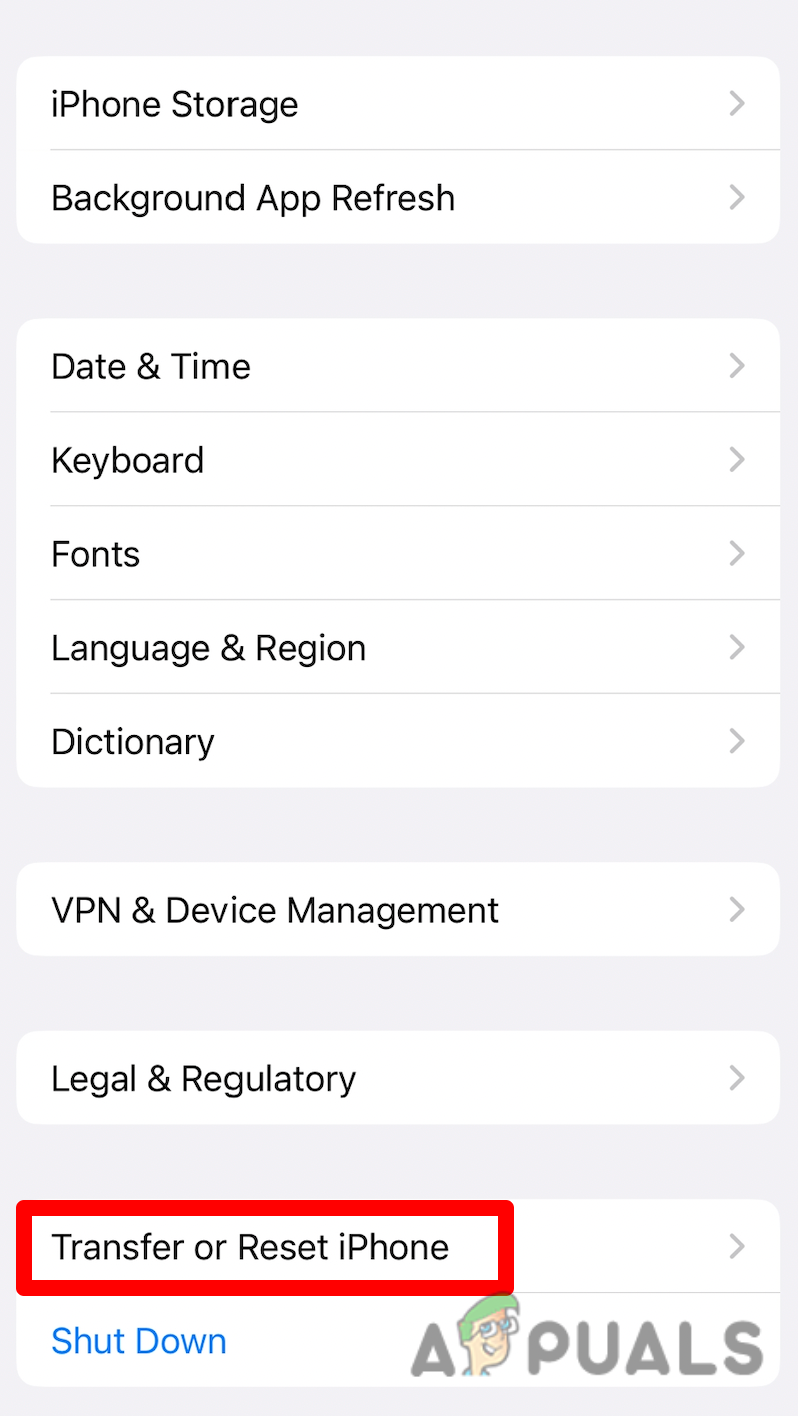
Tap on Transfer and Reset on the bottom of the screen - Tap on Reset.
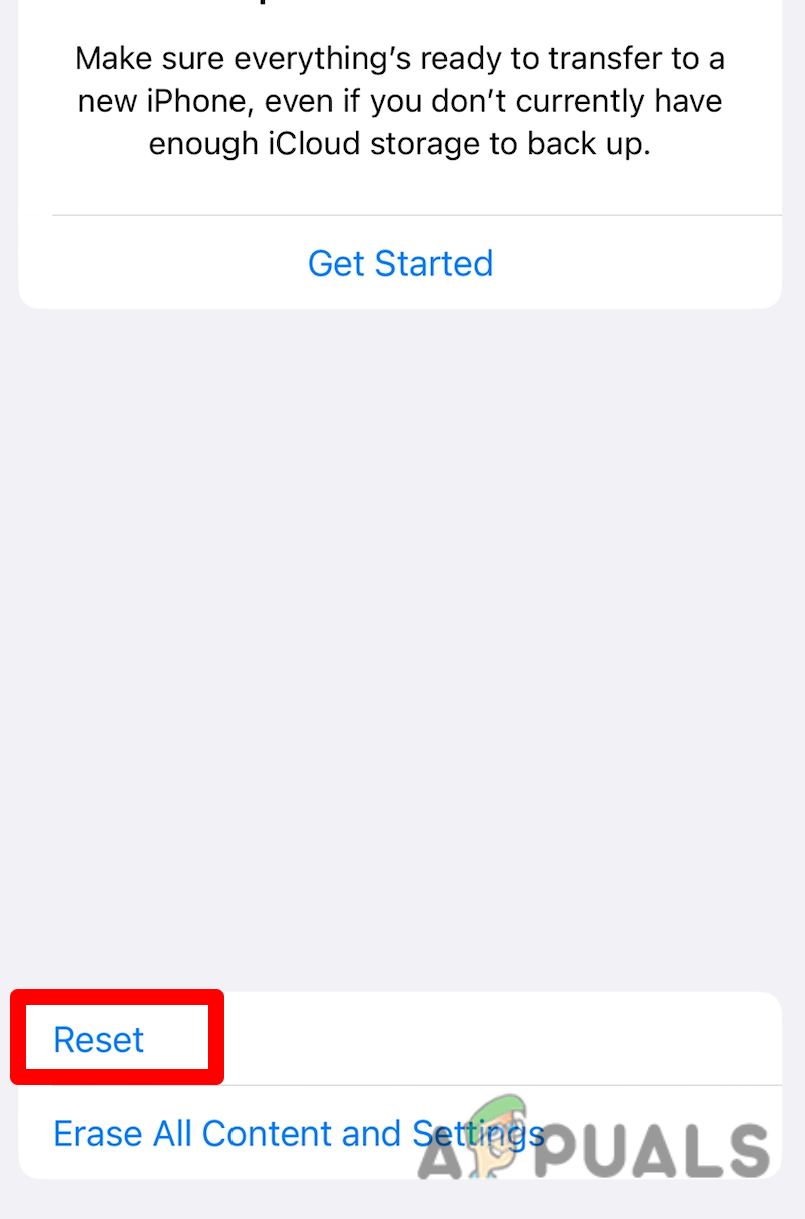
Reset the Wi-Fi settings - From the drop-down menu, tap Reset Network Settings.
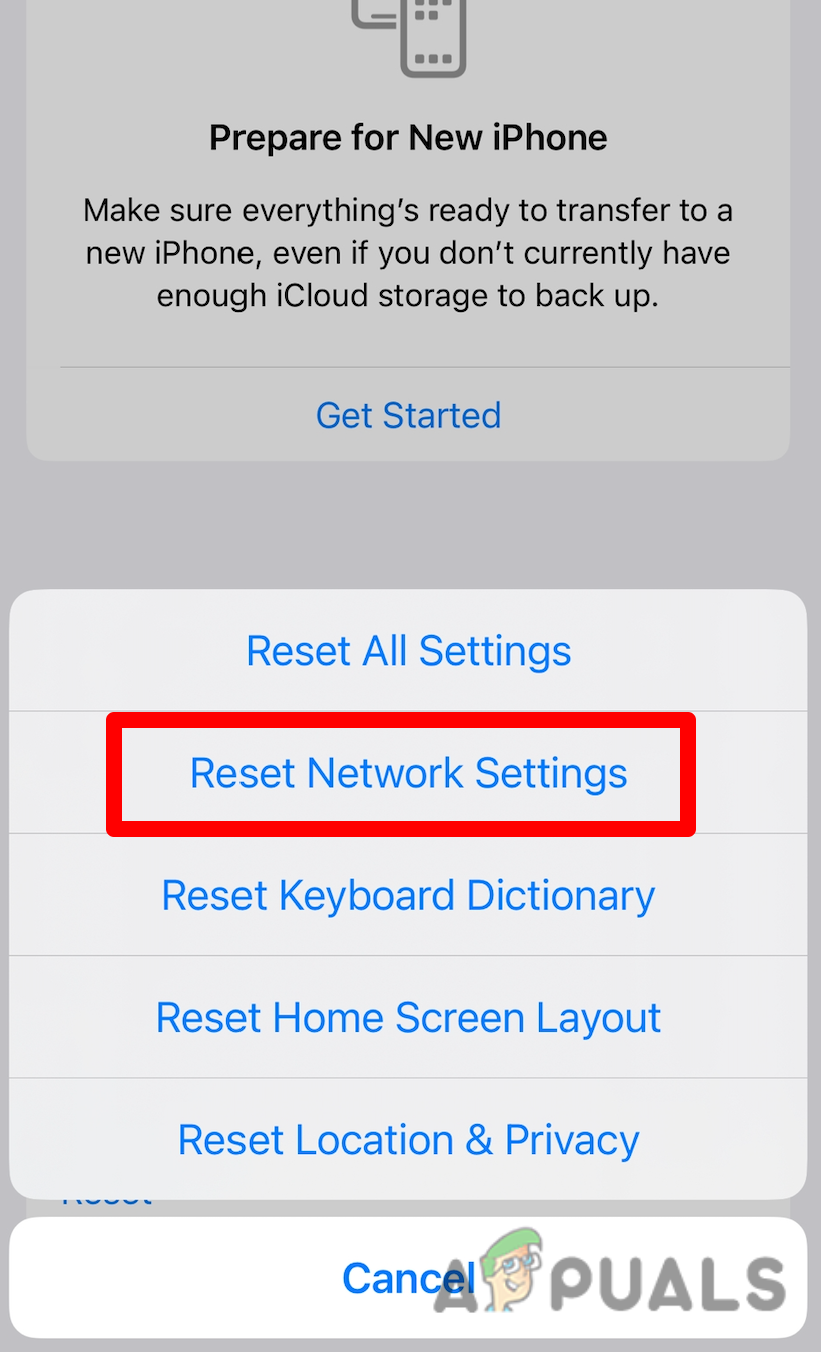
Resetting the network settings - Enter your password and confirm.
- Once the reset is finished, try installing the update again to see if the error is resolved.
6. Turn Off VPN
If you have a VPN set up on your iPhone, it could prevent the update from connecting to Apple’s servers. You can temporarily turn off your VPN to install the update.
- Unlock your iPhone and tap on Settings.

Accessing the Settings menu - From the Settings menu, tap on General.

Accessing the General tab - Scroll down and tap on VPN & Device Management.
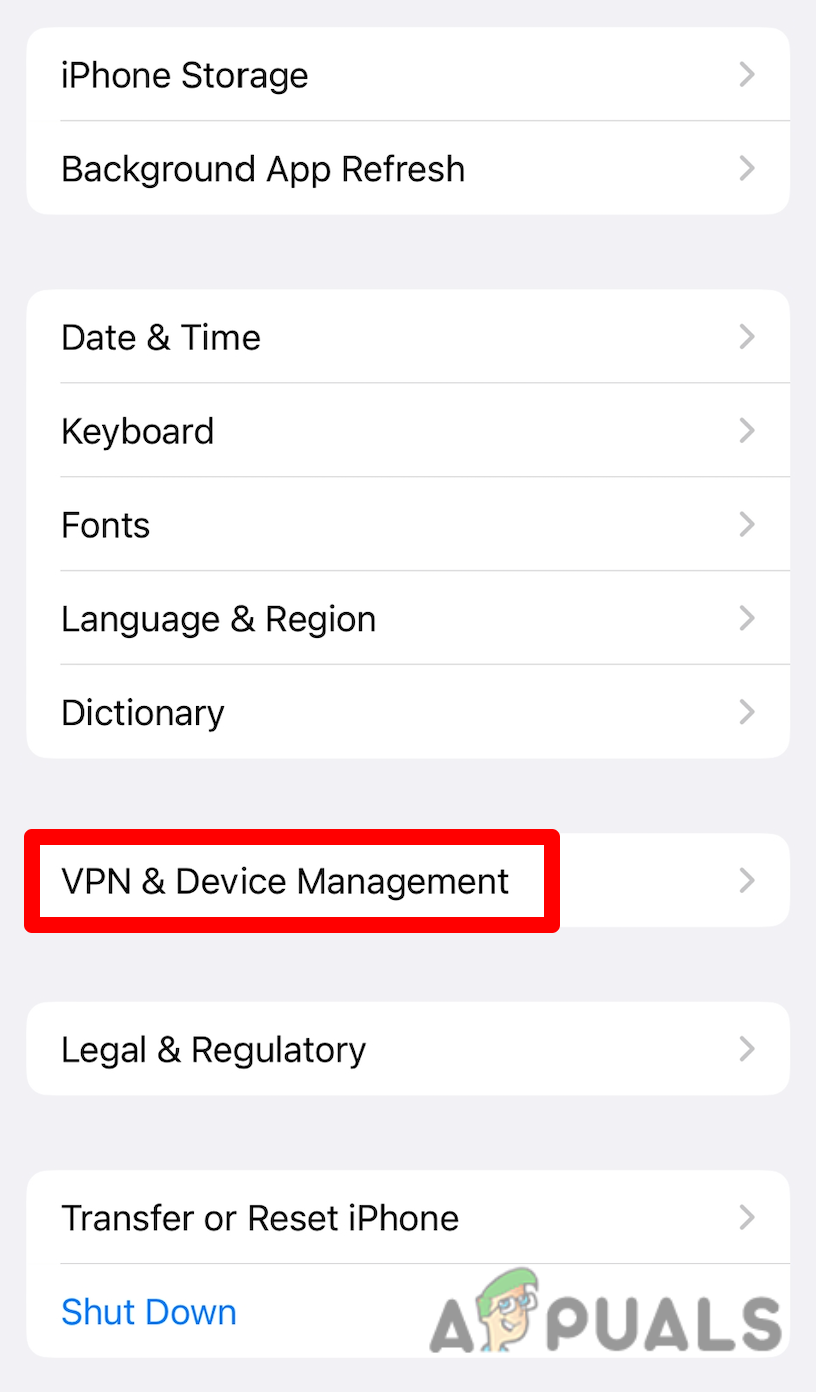
Access the VPN settings - Disable the active VPN connection on this screen.
- Once the VPN is turned off, try to install the update again.
If you are still unable to install the update, consider updating iOS through iTunes.





